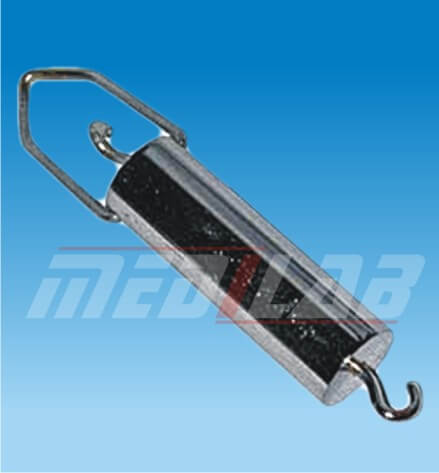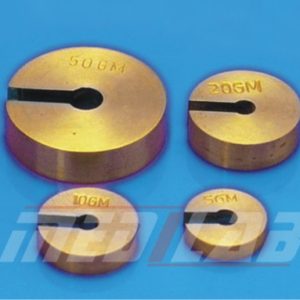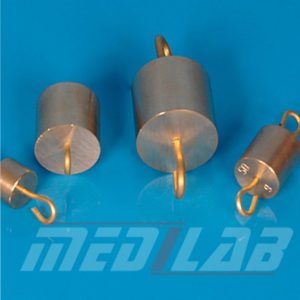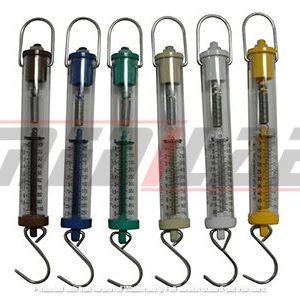Description
Bucket & Cylinder are two common measuring instruments used in physics and chemistry laboratories for measuring volumes of liquids and other substances.
The bucket is a cylindrical container made of plastic or metal, with a handle and a spout for pouring liquids. It usually has volume markings on the side that indicate the amount of liquid in liters or milliliters. The bucket is often used for measuring larger volumes of liquids or for holding water during experiments.
The cylinder, on the other hand, is a tall, narrow container made of glass or plastic with a flat base and a pouring lip. It is used for measuring smaller volumes of liquids, usually in milliliters or cubic centimeters. The cylinder has a narrow diameter to provide greater precision in measuring volumes.
Both the bucket and cylinder can be used to measure the volume of liquids and other substances, such as grains or powders. They may be used in conjunction with other measuring instruments such as balances or pipettes to achieve more precise measurements.
The bucket and cylinder are important tools in laboratory settings, as precise measurements of volume are critical in many experiments and procedures. They are also used in educational settings to teach students about measurement and the properties of liquids.







